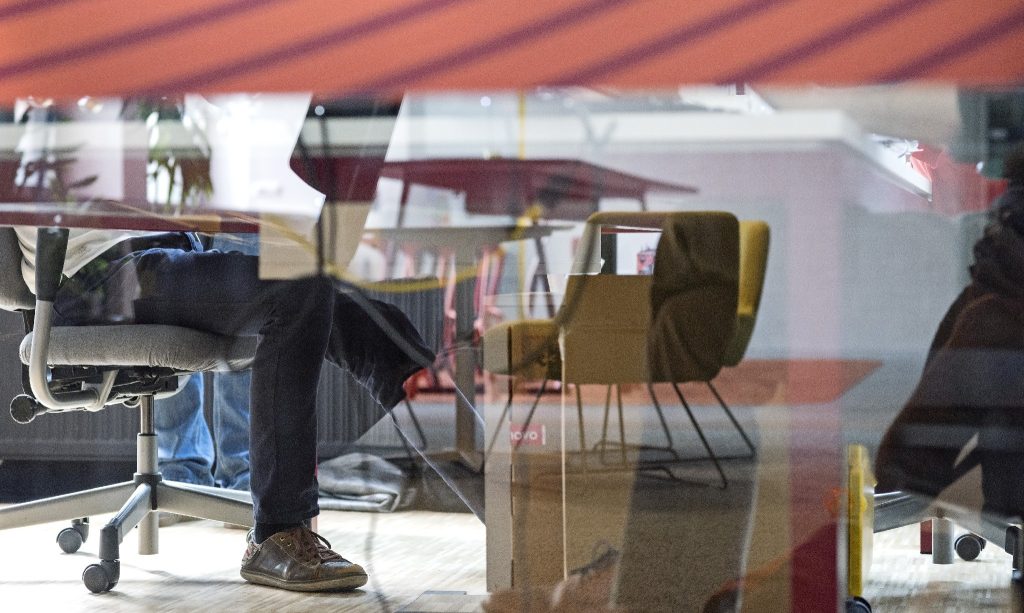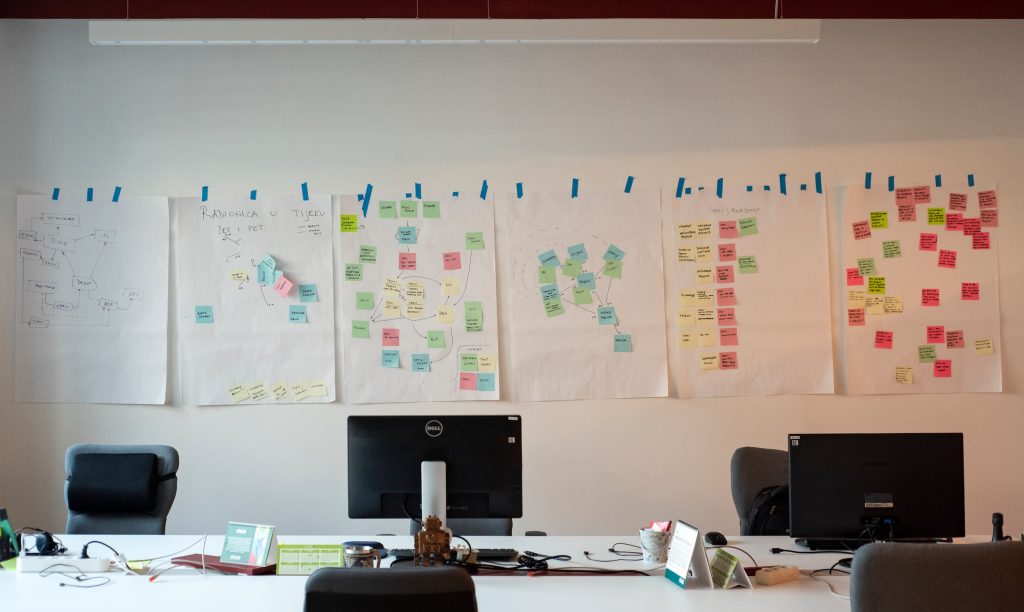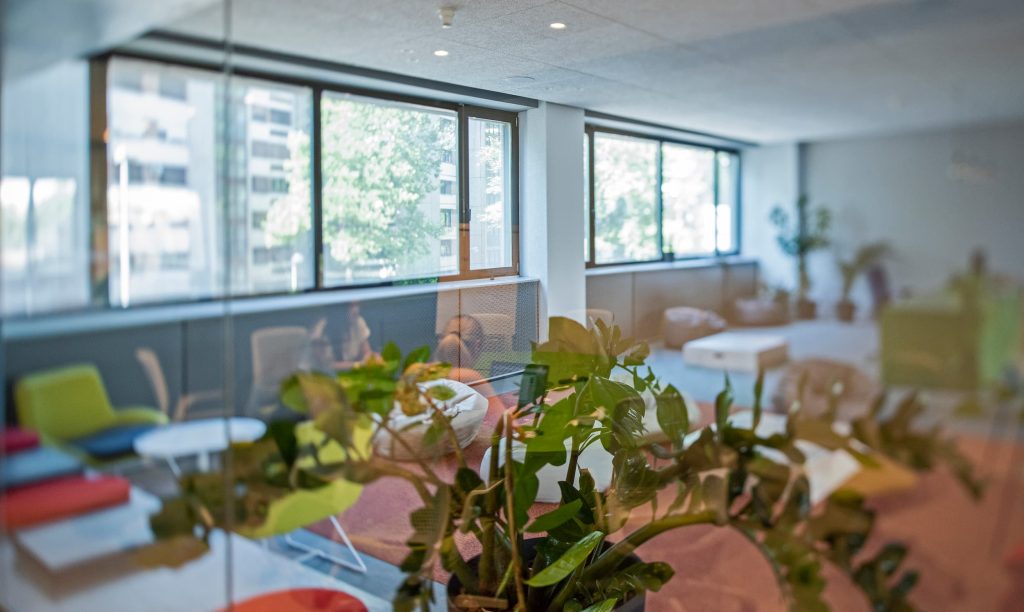
DIE HERAUSFORDERUNG
Die Lizenzierungsmodelle von Red Hat, die sich nach dem Deployment-Typ richten, führten unseren Kunden in eine neue Ära der Kostenoptimierung. Während in virtualisierten Umgebungen eine einzelne Lizenz bis zu 4 vCPU-Kerne abdeckt, deckt in Bare-Metal-Deployments eine Lizenz entweder zwei CPU-Sockel oder 64 CPU-Kerne ab – je nachdem, welcher Schwellenwert zuerst erreicht wird.
Kosteneinsparungen und Performance-Gewinne
Bemerkenswert: Lizenzgebühren fallen für Master-Nodes und Infrastruktur-Nodes nicht an. Diese bewusste Entscheidung führte letztlich zu erheblichen Kosteneinsparungen und einem Wettbewerbsvorteil.Ein konkretes Beispiel: Möchte der Kunde ein Virtual Deployment um 64 zusätzliche vCPU-Kerne erweitern, ergibt sich ein Preisvorteil von 75 % zugunsten von Bare-Metal-Nodes.
Beim Leistungsvergleich von virtuellen Maschinen und Bare-Metal-Workern konnten wir mehrere signifikante Unterschiede feststellen.
Ein konkretes Beispiel: Möchte der Kunde ein Virtual Deployment um 64 zusätzliche vCPU-Kerne erweitern, ergibt sich ein Preisvorteil von 75 % zugunsten von Bare-Metal-Nodes.
Beim Leistungsvergleich von virtuellen Maschinen und Bare-Metal-Workern konnten wir mehrere signifikante Unterschiede feststellen.

DIE LÖSUNG
Bare-Metal-Maschinen zeigten eine herausragende Netzwerkeffizienz: Die Netzwerklatenz war deutlich geringer als bei VMs. In virtualisierten Umgebungen dauert der Datentransfer zwischen Komponenten erheblich länger.
Auch die CPU-Leistung der Bare-Metal-Maschinen übertraf die der VMs deutlich – mit etwa 50 % höherer Verarbeitungsgeschwindigkeit. Dies verdeutlicht, dass Virtualisierung zusätzlichen Overhead verursacht und die CPU-Leistung beeinträchtigt.
Außerdem lag die CPU-Auslastung bei Bare-Metal-Systemen fast 50 % niedriger als bei den VM-Gegenstücken. Virtualisierung stellt zusätzliche Anforderungen an die CPU und erhöht so die Auslastung.
Hinsichtlich der RAM-Latenz waren sowohl Schreib- als auch Leseoperationen in der Bare-Metal-Konfiguration schneller. Die Schreiblatenz sank um etwa 45 %, während die Leselatenz sogar um 60 % verbessert wurde.
Auch bei der Storage-Leistung gab es deutliche Unterschiede. Die Anzahl der Transaktionen pro Sekunde war in der Bare-Metal-Konfiguration um Größenordnungen höher. Zudem war die Storage-Latenz um ein Drittel geringer.
Angesichts dieser Einsparungen und der massiv verbesserten Performance war die Entscheidung für Bare-Metal-Cluster sowohl für uns als auch für den Kunden die einzig logische Wahl.
Bare-Metal-Nodes
Kosteneffizienz und Performance-Vorteile
In der dynamischen Telekommunikationsbranche ist die Skalierbarkeit von Storage geschäftskritisch. Herkömmliche virtualisierte Umgebungen begrenzen die Skalierbarkeit oft durch an VMs angehängte virtuelle Festplatten. Externe Speicherlösungen wie NFS oder S3-Objektspeicher bieten zwar Workarounds, bringen aber Einschränkungen mit sich.
Mit unserem Ansatz konnten wir das Beste aus beiden Welten vereinen:
Durch den Einsatz von Bare-Metal-Infrastrukturen für OpenShift-Cluster und die nahtlose Integration der OpenShift Data Foundation haben wir eine ideale Lösung geschaffen.
Ein zusätzlicher Vorteil der Infrastruktur-Nodes war der Einsatz zusätzlicher Festplatten, die ein verteiltes Storage ermöglichten – vollständig integriert in das Cluster durch OpenShift Data Foundation.
Erweiterte Funktionen im Deployment
Dieses innovative Setup ermöglichte unter anderem:
- Integrierten S3-kompatiblen Objektspeicher
- Volume Snapshots
- Gemeinsame Dateisysteme (RWX)
- Geteilte Blockspeicher
- Horizontale Skalierbarkeit
- Unterstützung für strukturierte Daten (SQL-/NoSQL-Datenbanken und Data Warehouses)
Besonders hervorzuheben ist die RWX-Fähigkeit, die das Skalieren von Workloads über beliebig viele Nodes hinweg ermöglicht – unabhängig von node-spezifischen Speichergrenzen. Im Vergleich zu Cloud-Storage-Lösungen, wie sie typischerweise in vSphere-Deployments verwendet werden, bietet die Kombination aus OpenShift Data Foundation und Bare-Metal-Nodes ein unschlagbares Preis-Leistungs-Verhältnis.
„Mit der Lösung von CROZ konnten wir die Anzahl der Worker-Nodes deutlich reduzieren – von vielen virtuellen Maschinen hin zu nur wenigen physischen Bare-Metal-Nodes. Dadurch wurde auch unser Lizenzverbrauch optimiert. Zusätzlich konnten wir eine erhebliche Menge an VMware-Ressourcen und Lizenzen freisetzen, die zuvor für den Betrieb von OpenShift-Nodes verwendet wurden.
Ein wesentlicher Vorteil dieses Wechsels – neben der signifikanten Kostenoptimierung – war die Vergrößerung der verfügbaren Ressourcen. Die neuen Cluster stellen nun das Zehnfache an CPU-Ressourcen und das Dreifache an RAM zur Verfügung.
Während des gesamten Migrationsprozesses hat uns CROZ effektiv begleitet. Dadurch sind wir jetzt in der Lage, den Betrieb und die Weiterentwicklung der Cluster mit eigenen internen Ressourcen zu übernehmen, was einen langfristigen Mehrwert schafft.
Wir sind mit dem Ergebnis des Projekts äußerst zufrieden und danken CROZ für ihre Professionalität, Unterstützung und Expertise. Wie immer war die Zusammenarbeit mit dem engagierten und stets gut gelaunten CROZ-Team sowohl angenehm als auch sehr produktiv.“
Die strategische Entscheidung unseres Kunden, die Master-Nodes weiterhin in einer virtualisierten Umgebung zu betreiben, gewährleistet die notwendige Stabilität und hohe Verfügbarkeit. Gleichzeitig erschließt der Wechsel zu Bare-Metal-Nodes das volle Potenzial der Server-Hardware. Dadurch werden Lizenzkosten optimiert und der typische Overhead von Virtualisierungsumgebungen vermieden – und all das bei einer äußerst wettbewerbsfähigen Kostenstruktur.
Tags
Industry
Falls Sie Fragen haben, sind wir nur einen Klick entfernt.



